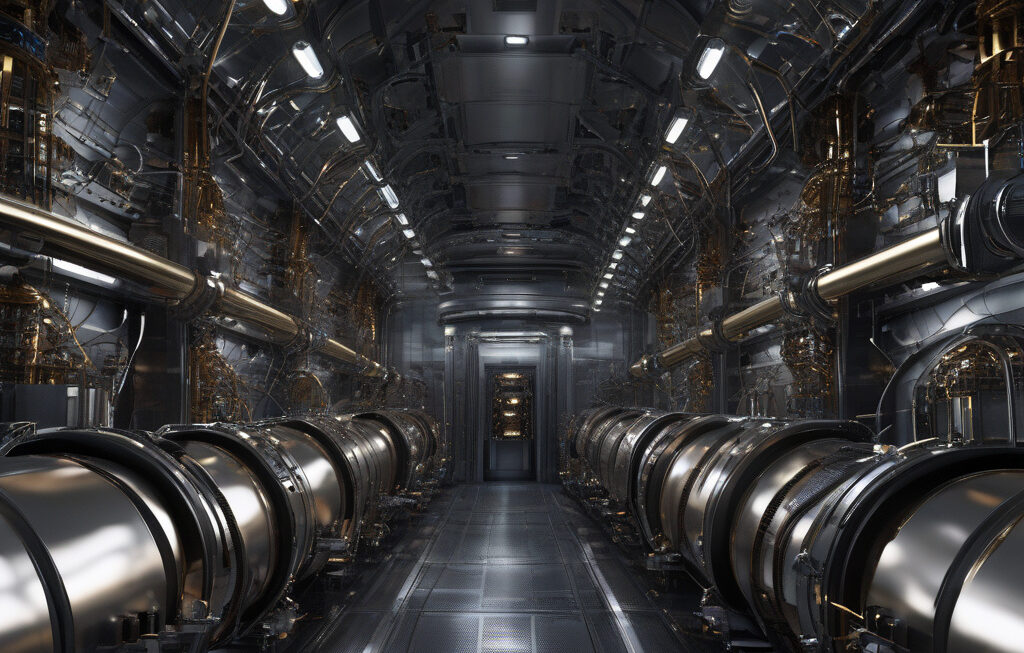Ghost particles under pressure: KATRIN squeezes secrets from neutrinos
They slip through walls, pass through planets, and rarely leave a trace. Can you guess what these elusive entities are? The answer lies in the mysterious world of neutrinos. These ghostly particles, with almost no mass and no electric charge, are among the most abundant in the universe. They are produced in various processes, such as nuclear reactions in the sun, nuclear power plants, and even in cosmic rays interacting with our atmosphere. Despite their prevalence, neutrinos are notoriously difficult to detect and study due to their elusive nature.
However, a groundbreaking experiment known as KATRIN (Karlsruhe Tritium Neutrino Experiment) is shedding light on the secrets of neutrinos by putting them under immense pressure. Located in Germany, KATRIN is the result of decades of collaborative efforts by scientists from around the world. The experiment aims to precisely measure the mass of neutrinos, which could have profound implications for our understanding of the fundamental forces and particles in the universe.
One of the key challenges in studying neutrinos is their incredibly small mass. While they were originally thought to be massless, experiments over the years have shown that they do have a tiny amount of mass, though it is still not well understood. KATRIN’s approach involves trapping neutrinos emitted in the beta decay of tritium, a radioactive form of hydrogen, and studying their properties under extreme conditions.
By creating a high-pressure environment and using advanced technologies such as magnetic fields and spectrometers, KATRIN is able to capture and analyze the energy of neutrinos with unprecedented precision. This allows scientists to infer the mass of neutrinos based on the properties of the particles emitted in beta decay.
The implications of KATRIN’s research are far-reaching. A more precise measurement of neutrino mass could have profound consequences for our understanding of the universe, from the dynamics of galaxies to the nature of dark matter. It could also provide insights into the fundamental forces that govern the behavior of particles at the smallest scales.
Moreover, the technology and techniques developed for the KATRIN experiment have applications beyond neutrino physics. The high-precision instruments and methods used in the experiment could find use in other fields, such as medical imaging, materials science, and even quantum computing.
In conclusion, KATRIN is at the forefront of unraveling the mysteries of neutrinos by subjecting these ghostly particles to intense pressure. Through its innovative approach and cutting-edge technology, the experiment is poised to revolutionize our understanding of neutrinos and their role in the cosmos. As we delve deeper into the secrets of these elusive particles, we may uncover new insights that reshape our view of the universe.
neutrinos, KATRIN experiment, particle physics, mass measurement, scientific breakthroughs












